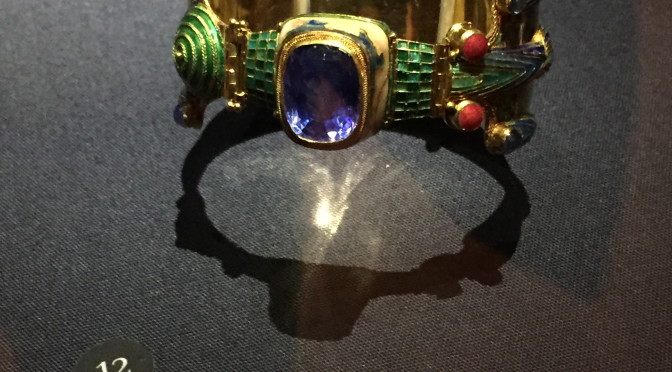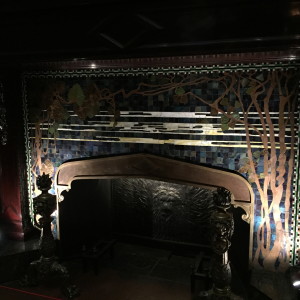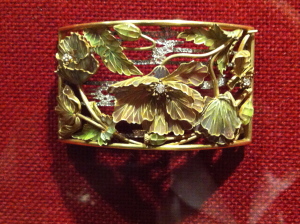Curious marks on a piece of jewelry started me on a journey into the world of mid-20th century bohemian California: why were the words “Lassen” and “Sausalito” engraved on the back of the brooch when Mount Lassen is hundreds of miles north of Sausalito?
As I looked closer at the piece, I could make out some other words: SS, Fourtane, Loyola. Thinking the SS stood for “Sterling Silver”, I ignored it. The mystery was solved when I discovered that Ed and Loyola Fourtane, husband and wife artists and studio jewelers, lived and worked in Sausalito on a former lumber boat, the SS Lassen, from the mid-1930’s until the 1950’s.
Follow





 For the past couple of years I’ve been periodically getting together with a group of friends known as “The Meat Club” to make charcuterie: pates,
For the past couple of years I’ve been periodically getting together with a group of friends known as “The Meat Club” to make charcuterie: pates, 














